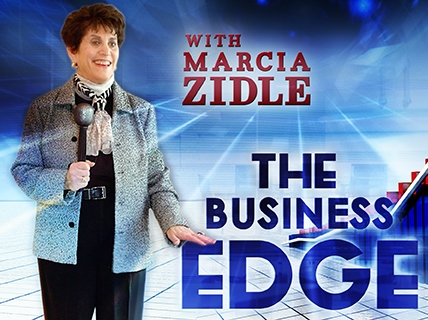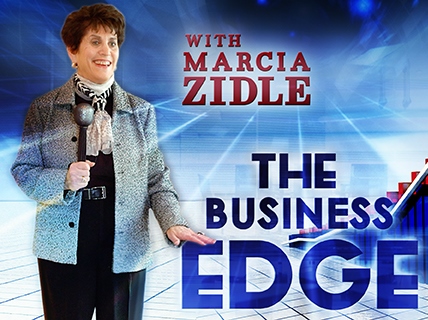Are You As Productive As You Want to Be? By Marcia Zidle
Do you remember the Franklin Covey Planner? A couple of decades ago, companies helped managers to...
Read Moreby VoiceAmerica | Nov 21, 2016 | Business | 0 |
Do you remember the Franklin Covey Planner? A couple of decades ago, companies helped managers to...
Read Moreby VoiceAmerica | Nov 8, 2016 | Business | 0 |
Itâs not where you begin, but where you take yourself to that counts. Successful entrepreneurs...
Read Moreby VoiceAmerica | Nov 2, 2016 | Business | 0 |
Exhilarating, humbling, challenging, inspiring, mind-numbing, nerve -racking, life changing,...
Read Moreby VoiceAmerica | Oct 24, 2016 | Business | 0 |
Youâve decided to leave the corporate world and become a small business owner. Great! Now What?...
Read Moreby VoiceAmerica | Oct 10, 2016 | Business | 0 |
How do you empower women to become agents of transformation in their communities? The answer is...
Read Moreby VoiceAmerica | Oct 3, 2016 | Business | 0 |
Discouraged by the decline in genuine engagement across Social Media platforms -most notably...
Read Moreby VoiceAmerica | Sep 26, 2016 | Business | 0 |
Todayâs economic environment demands excellence from everyone in your business. The key to...
Read Moreby VoiceAmerica | Sep 13, 2016 | Business | 0 |
Why would a mom start a family and a business almost simultaneously? There is a...
Read Moreby VoiceAmerica | Sep 6, 2016 | Business | 0 |
You have an idea, youâve shared it with a few of your friends youâve written a business plan...
Read Moreby VoiceAmerica | Aug 29, 2016 | Business | 0 |
Branding is not your logo: it is how people perceive, understand, and react to your business....
Read Moreby VoiceAmerica | Aug 22, 2016 | Business | 0 |
Men are not the only ones who donât like to ask for directions. Women business owners often also...
Read Moreby VoiceAmerica | Aug 15, 2016 | Business | 0 |
Business â like life is always changing. When your business is dealing with customersâ life...
Read More




